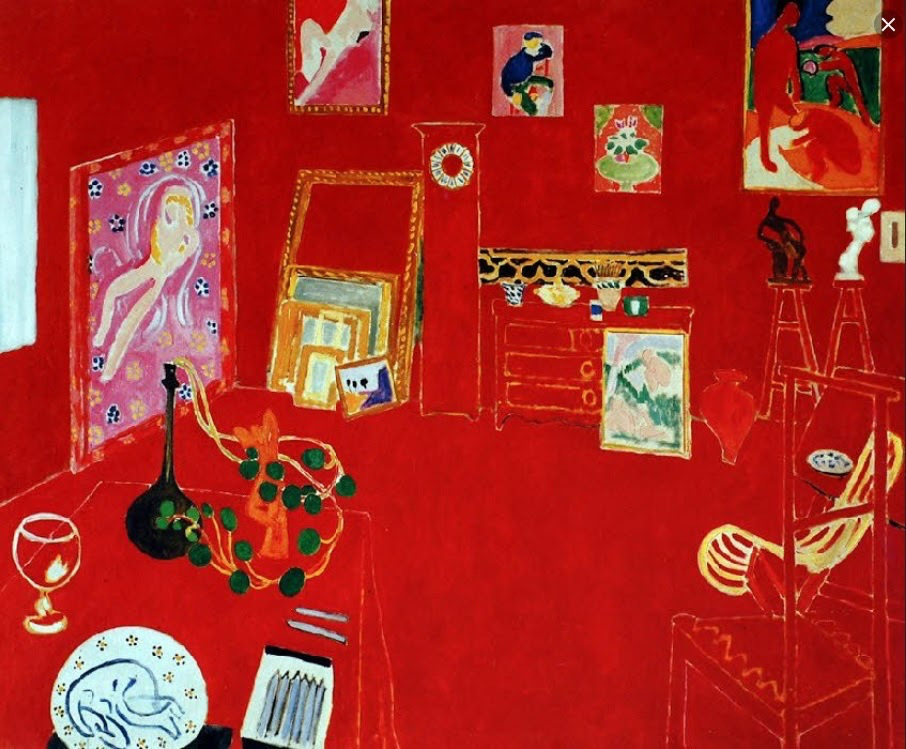Henri Matisse‘s L’Atelier rouge is a testament to the transformative power of colour and form in modern art. Painted in 1911, it was first known to the world as Panneau rouge (Red Panel), emphasising its departure from traditional easel painting towards a more integrated, decorative approach. This title emphasised the painting’s radical monochrome, focusing on its colouristic boldness rather than its figurative elements – a pioneering move by Matisse that reflected the spirit of early modernism.
However, it was Alfred H. Barr Jr, the founding director of the Museum of Modern Art in New York, who years later renamed it L’Atelier rouge, marking a crucial shift in its reception. This new title anchored the painting within the narrative of institutional art history and sparked a deeper academic exploration. Despite being exhibited at prominent events such as the 1913 Armory Show and the 1912 ‘Second Post-Impressionist Exhibition’ in London, the work initially remained in obscurity, its avant-garde nature isolating it from contemporary acclaim – similar to the initial reception of Monet’s Nymphéas.
The overwhelming use of red in L’Atelier rouge does more than fill the background; it creates a unifying force that draws the viewer into Matisse’s studio space, transforming it into an immersive environment. This approach echoes Matisse’s later experiments in Nice, where he explored the dissolution of boundaries between pictorial space and reality, most notably in his final work, the Chapelle du Rosaire in Vence.
Pour lire la suite, téléchargez ART MAG #20
